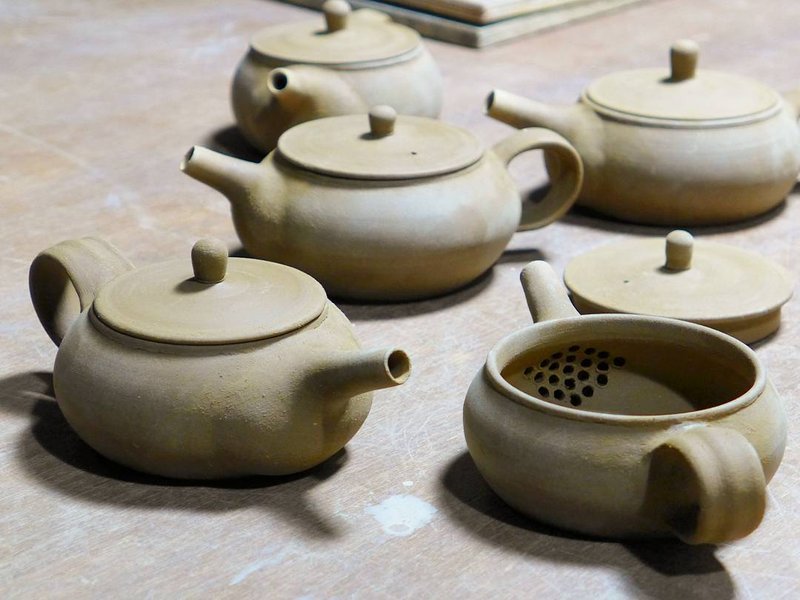Sublime
An inspiration engine for ideas
Rikyu took the baton of artlessness from his predecessor, Ikkyu, when he introduced Korean craft pottery into his tea ceremony. The Korean potters, who might have made a hundred similar pots in a day, were probably totally devoid of any thought of artistic aspirations as they worked, and it was just this lack of intellect that proved so attractive
... See moreAndrew Juniper • Wabi Sabi: The Japanese Art of Impermanence
Little has been done in Europe with ash glazes, but in Japan the ash glaze has been a predominant feature of pottery since its use was first discovered in the Nara period. The desire for a nonuniform surface that can catch, in the glaze of each pot, the irregularities of nature hails back to the Japanese love of things that are imperfect and
... See moreAndrew Juniper • Wabi Sabi: The Japanese Art of Impermanence
In medieval Japan, under the patronage of the Zen monasteries and the Kamakura shogunate, the prevailing preference for simplicity and modesty were slowly introduced into the styles of the ceramics produced.
Andrew Juniper • Wabi Sabi: The Japanese Art of Impermanence
Home | Japanese Cast Iron Cookware
vermicular.us

The types of pottery made today, including Bizen, Hagi, Raku, and Shigaraki, are still based largely on the aesthetics developed centuries ago,



